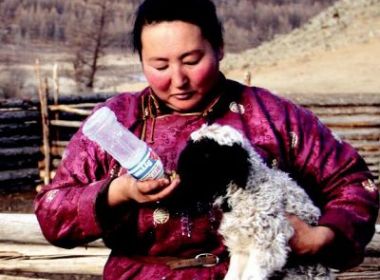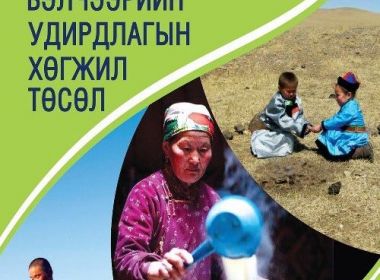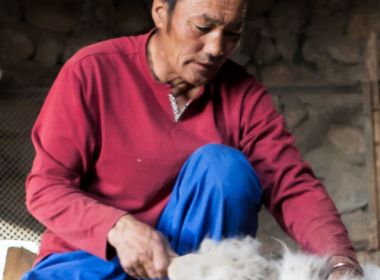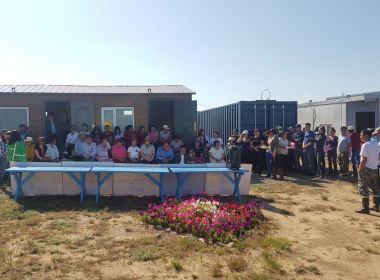Projects
With more than 65 percent of rangeland
affected by degradation and 60 million
animals (2016), Mongolia is at the
crossroads of its development path. More
than 80 percent of its territory is rangeland
that belongs to the State, and is the major
Read More
affected by degradation and 60 million
animals (2016), Mongolia is at the
crossroads of its development path. More
than 80 percent of its territory is rangeland
that belongs to the State, and is the major
Project for Market and Pasture
Management Development (PMPMD) has
been implemented by Ministry of Food,
Agriculture and Light Industry in 18 soums
of 6 target aimags from May 2018 to
September 2021, with additional funding
from International Fund for Agricultural
Development (IFAD) of United Nations
Read More
Management Development (PMPMD) has
been implemented by Ministry of Food,
Agriculture and Light Industry in 18 soums
of 6 target aimags from May 2018 to
September 2021, with additional funding
from International Fund for Agricultural
Development (IFAD) of United Nations
Based on traditional pastoralist livelihoods, the cashmere & wool sector is a key driver
of the Mongolian economy, second only to the extractive industry. It is however facing
new challenges due to an increased competition from foreign processors (sourcing &
production), the need to build-in a more quality-driven production as well as the
emergence of niche market segments amongst end customers
Read More
of the Mongolian economy, second only to the extractive industry. It is however facing
new challenges due to an increased competition from foreign processors (sourcing &
production), the need to build-in a more quality-driven production as well as the
emergence of niche market segments amongst end customers
Organize trainings to help herders increase their incomes by reducing the number of livestock and reducing the burden on pastures and forests
Read More
Boroo Gold has been successfully implementing the Dorgonot Pastureland and Bortolgoi Range Forest Ecosystem Compensation Project since 2018 under the Biodiversity Compensation Program
Read More









